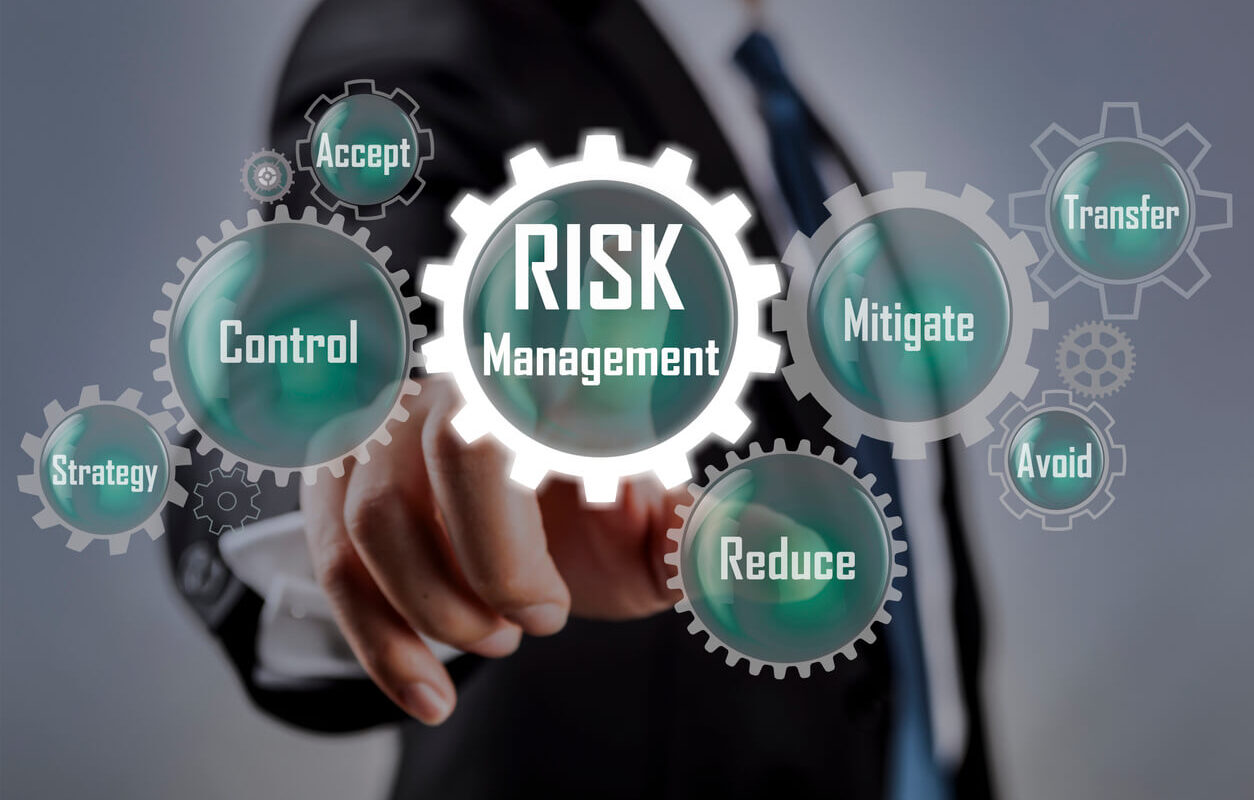Credit risk assessment is a fundamental part of lending decisions. Financial institutions must carefully evaluate potential borrowers to determine their likelihood of repayment. A thorough credit risk assessment process considers multiple factors to arrive at an informed view of risk.
Understanding Credit Risk
Credit risk refers to the risk of loss that lenders face due to borrowers failing to make required payments. When lending money, there is always a chance that borrowers may default, meaning they stop making payments. Credit risk assessment aims to minimize this risk by evaluating the repayment capacity and creditworthiness of potential borrowers.
Key Factors in Credit Risk Assessment
Financial institutions examine various factors about borrowers to gauge their ability and willingness to repay debts. These include:
Credit history- Past credit performance provides valuable insights. Lenders check credit reports to see if applicants have a track record of repaying loans on time. Late or missed payments increase risk.
Debt levels- Borrowers with high existing debt loads may struggle to take on new debt. Lenders consider debt-to-income ratios to evaluate repayment capacity.
Income- Steady, reliable income streams that can cover living expenses and debt payments reduce risk. Fluctuating or insufficient income poses more difficulty in consistently making payments.
Collateral- Secured loans have collateral that can be sold to recover funds if the borrower defaults. Unsecured loans lack this protection, making repayment capacity even more important.
Purpose of loan- Personal loans for discretionary spending are riskier than loans for necessary large purchases like a home or education. Business loans come with risks around future cash flows.
Employment/industry- Job stability and prospects for future income growth lower risk. Employment in at-risk industries introduces more uncertainty.
Credit Scoring Models
To systematically analyze these factors, lenders rely on credit scoring models. These statistical tools assign points to various risk characteristics and use the total “credit score” to triage applicants into risk tiers. Higher scores indicate lower default probability.
While human judgment still plays a role, credit scores provide an initial objective perspective on creditworthiness. Applicants across broad categories can be evaluated consistently based on measurable factors like those above.
Manual Review and Judgment
At the same time, no single score or formula can capture every nuance. Experienced underwriters conduct deeper manual reviews to uncover details that may increase or decrease risk relative to the credit score.
Relevant considerations may include review of bank statements, income verification, asset valuation for collateralized loans, and assessment of industry or economic conditions facing the borrower. Personal character judgments also carry weight.
Decision Making and Reassessing Risk
Armed with scores, reports, and intensive reviews, lenders decide which applicants merit funding and at what terms. Ongoing account management involves periodic risk reassessments as well.
Changes to a borrower’s situation like job loss, medical issues, or personal troubles can suddenly elevate the likelihood of problems repaying. Proactive monitoring and timely interventions aim to minimize defaults.
Managing a credit portfolio prudently requires ongoing credit risk assessment. These efforts protect lenders from losses while enabling credit access for qualified individuals and businesses in a sustainable manner. As technologies and data sources evolve, assessment techniques will continuously be refined.




